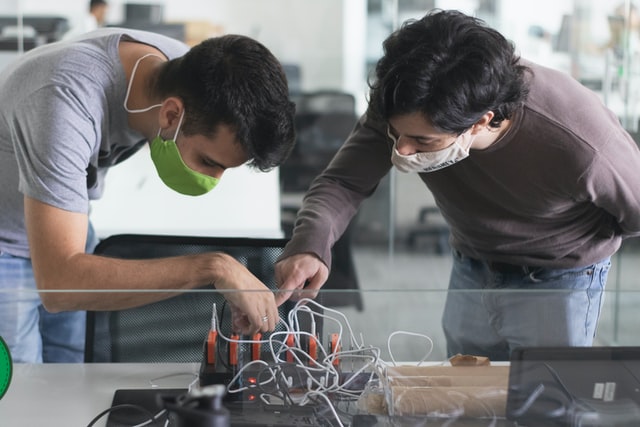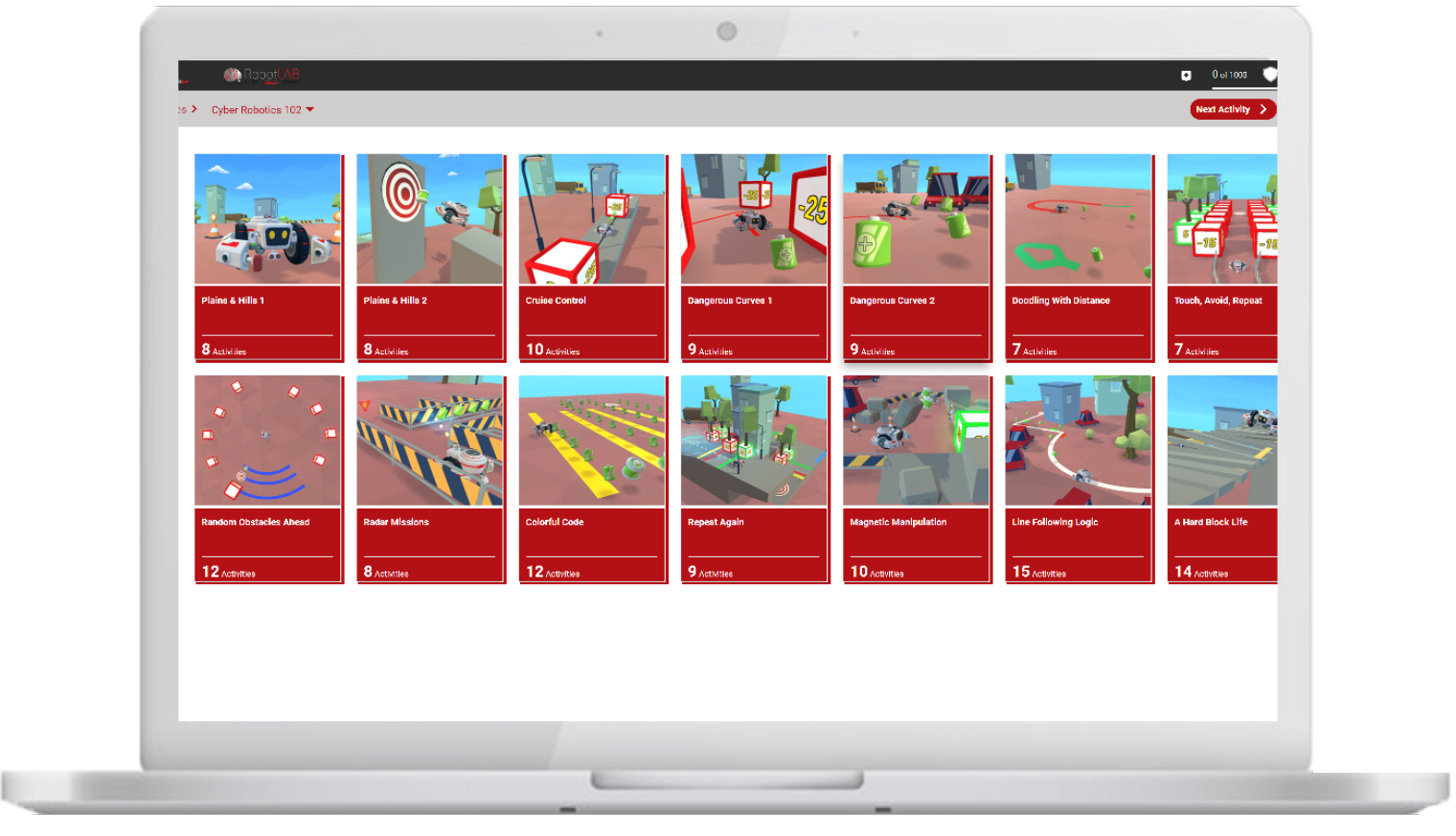By Devin Partida
 Photo by Marília Castelli on Unsplash
Photo by Marília Castelli on Unsplash
Automation and robotics are everywhere. They enable simple actions like autopay and other, more complex systems like production lines. Their uses throughout the world make them an industry of their own.
Robotics and Programming for Education
For teachers and professors, engaging STEM students of all ages is the biggest obstacle. However, with the right introduction, you can increase interest in this growing industry.
1. Open up the Conversation
According to Statista, the global robotics market will reach $210 billion by 2025. In this year alone, automation will generate about $214 billion worldwide. With this growth level, these two fields alone are big enough that any educator can stir up some interest.
Your first step will be to simply open up the conversation about robotics and automation. Their respective market growth signifies that they’re adaptable for every industry imaginable, from home appliances to surgery.
You can encourage younger students’ interest in STEM through these two fields by showing them how robotic vacuums work. Teachers can appeal to older students by introducing the vitality of these two fields. Most prominently, their annual growth rate entails plenty of robotics and automation jobs opening up for graduates.
2. Encourage Hands-on Learning
Students have various learning styles, but one of the best ways to engage them is to let them do the hands-on work. This way, they gain the skills and experience of programming and creating an automated system or a robot.
One engaging way to provide this learning is by having students create a robotic arm. This involves math, problem-solving, physics and technical work. Once they build it, they’ll see its usefulness by using it to move objects or assemble things on its own.
Coding is one of the best skills to learn at any age. It opens up the door for a range of jobs, from web design to game development. Coding also helps create systems, software and apps that use automation, which students can try out in the classroom.
3. Explore Real-Life Applications
Examining real-life applications is another way to introduce automation and robotics to STEM majors. Students can learn by experiencing things firsthand, whether through field trips or case studies.
Students can observe the work that goes into each machine and system to automate practical, everyday tasks. Something as subtle as antivirus software uses automation to run and detect threats round-the-clock.
Robotics allows students to work with new innovations. Spot, the robot dog from Boston Dynamics, has helped countless industries, like construction and utilities. It uses automation to carry objects, clean, navigate and process data.
4. Automate the Class
Automation is already in many classrooms around the world. It’s a subtle but powerful introduction for students. Throughout the pandemic, educators need to use fast, virtual ways to connect with STEM students.
Automatic grading systems, coding courses and remote learning IT security automate the classroom in innovative ways. Students get their grades immediately, learn skills they can eventually apply and automatically protect their privacy.
These processes let students experience how much automation and robotics can change their lives.
5. Use Robotic Assistants
You can use robotic assistants to help teach. Pepper and NAO are two evolved robots that professionals can program to carry out tasks. They can assist with tutoring or teaching lesson plans, working individually or with a bigger group.
Robotic assistants add excitement to learning. STEM students get to see up close the inner workings of the field they’re interested in.
The Benefits of Automation/Robots for STEM Students
Through these introductions to two of the most important fields in the world, STEM students get a better understanding of their interests and the road ahead. They develop more skills, better tech fluency and an ability to collaborate, problem-solve and work across industries. Now is the time for you, and all educators, to introduce this technology to the classroom.
Discover more ways to introduce students to Automation/Robotics with RobotLAB!

CoderZ is an online educational environment that improves students 21st century skills, while they are having fun programming their own virtual cyber robot. CoderZ and RobotLAB has different lessons to do at home! Check them out Here
Devin Partida
Editor-in-Chief - devin@rehack.com

